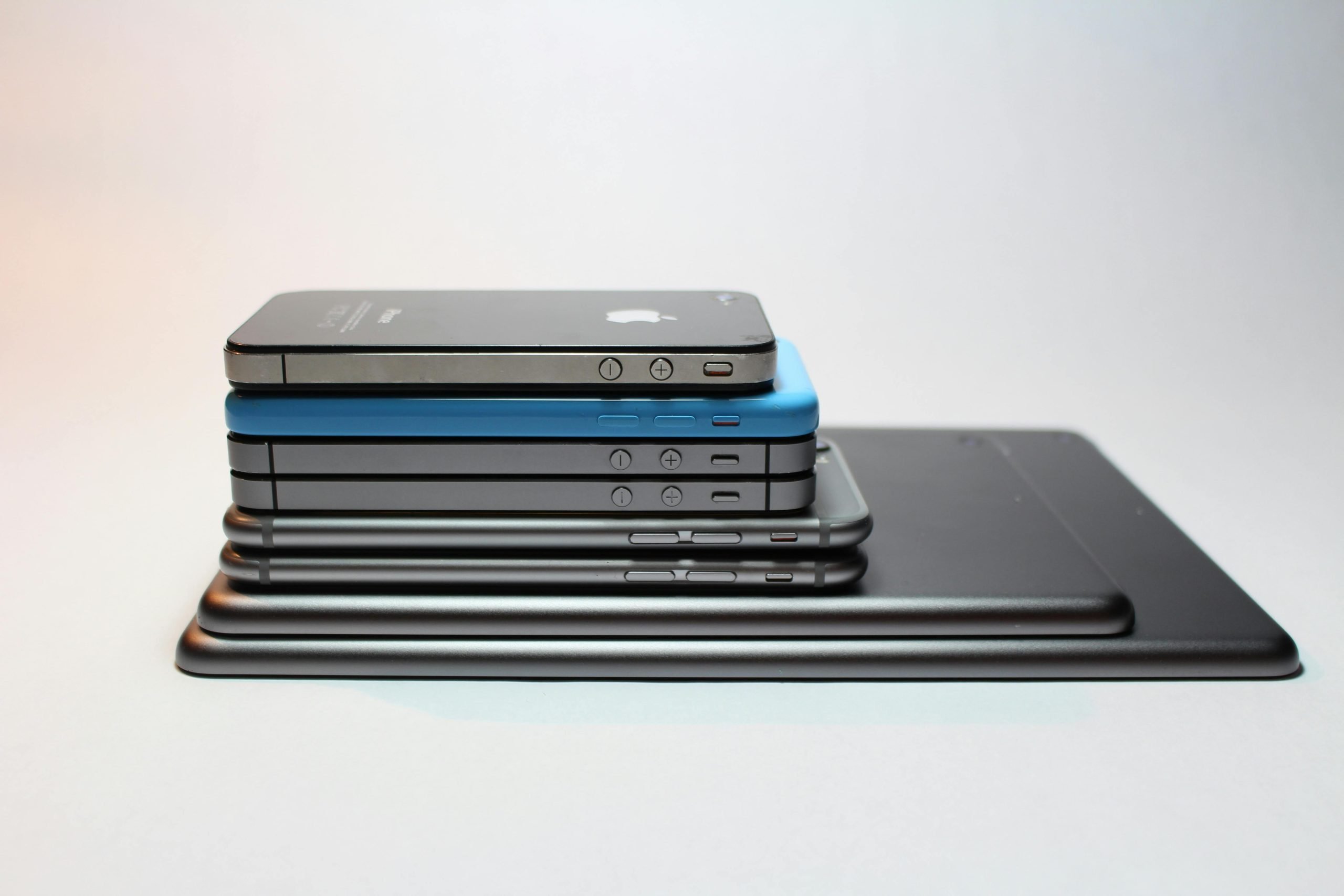More than half of ethnic Estonian residents of Estonia put their last smartphone, which they stopped using, in a drawer or a closet and forgot about it, according to a recent poll by Norstat.
A European Union directive meanwhile sets specific targets for the collection, recycling and reuse of electronic waste.
Piret Otsason, head of producer responsibility and hazardous waste at the Ministry of Climate, says the growth of the Estonian economy and increasing consumption by consumers have also led to an increase in the amount of electrical and electronic equipment being discarded as waste.
“Most of this waste comes from everyday consumer electronics such as computers, screens, smartphones, tablets, cables, and televisions,” says Otsason.
The EU directive sets specific targets for the collection, recycling, and reuse of such electronic waste. Both manufacturers and countries must ensure that at least 65 percent of the weight of electrical and electronic equipment placed on the market over the previous three years, or 85 percent of the weight of electronic waste generated in the country, is collected annually, Otsason explained.
For instance, in 2020, approximately 24,848 tons of electronic equipment was placed on the market in Estonia. In 2022, the amount was 31,300 tons, and in 2023, it was 24,617 tons. Across the EU, the electronic waste stream is growing by an average of two percent per year.
Despite the aims of the directive, Estonians’ interest in recycling equipment is weak, according to a survey conducted this summer.
Fifty-four percent of Estonians simply left the last smartphone they stopped using in a drawer. However, many of these smartphones are still in perfectly good condition and usable. If people were to rent a phone instead of buying one, for example, its recycling would be guaranteed, says Piret Paulus, head of business development at Inbank.
Inbank, in conjunction with Apple dealer iDeal, has been offering a rental service for Apple smartphones and laptops since last autumn. Recently, in cooperation with ONOFF, Apple and Samsung smartphones and tablets were added to the list of devices for rent.
“The trend of renting products instead of owning them is growing in different sectors every year. The trend of renting small electronic devices, such as smartphones and laptops, is supported by the European Union regulation aimed at manufacturers, which says that electronics must be valorized more, not turned into rubbish after the first use,” Paulus explained.
In addition to the provision of rental services, the generation of electronic waste is combated in Estonia by applying producer responsibility to electrical and electronic equipment. This initiative supports the placement of durable, reusable, and recyclable products on the market. It means that producers of problematic products are obligated to collect old electronic devices and finance and organize the sorting and processing of waste generated from their products.
“Producers are also responsible for informing consumers on how to properly handle devices at the end of their life cycle and ensuring that their collection network is accessible nationwide,” Otsason said, adding that according to the EU directive, electronic devices are divided into categories, each with specific reuse targets.
Paulus pointed out that the growing popularity of the circular economy mindset also speaks in favor of the rental service.
“Every year, the number of people who are trying to make more environmentally friendly consumer decisions is growing. For both the consumer and the trader, the rental service means that the piece of equipment always gets a new life, rather than being left standing in a drawer and becoming garbage after the first user. For example, in the case of smartphones, we see that consumers are increasingly embracing the rental model — 67 percent of Inbank Rent’s rental portfolio is made up of smartphones,” Paulus said.
Inbank, in cooperation with Norstat, conducted a study on the use and rental of small electronic devices in June. In total 1,001 ethnic Estonians responded to the online survey. The sample is representative by age, county and gender.
Source: BNS
(Reproduction of BNS information in mass media and other websites without written consent of BNS is prohibited.)






















